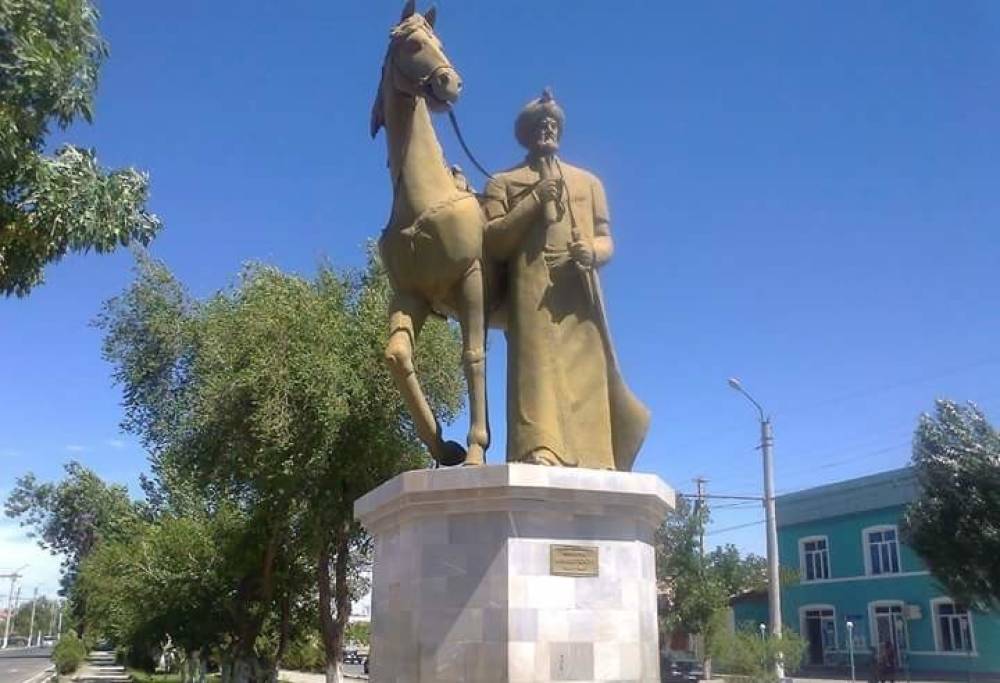The scientific legacy of Abulgazi Bahadirkhan will be featured in the exhibition at the Center of Islamic Civilization

Abulgazi Bahadirkhan, a representative of the Shaybanid dynasty, ruled the Khiva Khanate from 1643 to 1664. He left a profound legacy not only as a ruler but also as a historian and physician. His works, such as Shajara-i Tarākima and Shajara-i Turk, are considered important sources for the study of the history of Central Asia, including that of Uzbekistan.
Shajara-i Tarākima was written between 1658 and 1661 in the Old Uzbek language and contains information about the origins of Turkic tribes, especially the Turkmen people. The work also presents brief historical accounts of the mythical king of all Turkic peoples, Oghuz Khan, his descendants, and various Turkmen clans such as Solur, Boyandur, Teke, Yomut, Khizr Eli, Sari, Ali Eli, Yasor, Ersari, and others. Abulgazi emphasized that the work was written at the request of Turkmen mullahs, sheikhs, and beks. In the late 19th century, the work attracted scholarly attention, and in 1958, academician A.N. Kononov published a critical edition and a Russian translation.
Abulgazi's second major work, Shajara-i Turk, was completed between 1663 and 1664. It presents a chronicle-style account of the socio-political history of Khorezm from the 16th century to the first half of the 17th century, detailing events of the time, political struggles, and the actions of rulers.
At the exhibition of the Center of Islamic Civilization in Uzbekistan, within the section dedicated to the "Period of Uzbek Khanates," the scientific legacy of Abulgazi Bahadirkhan will be prominently featured.
Most read

Over 100 experts from more than 20 countries of the world are in Tashkent!

President of Serbia Aleksandar Vučić visited the Islamic Civilization Center in Uzbekistan

The Center for Islamic Civilization – a global platform leading towards enlightenment











